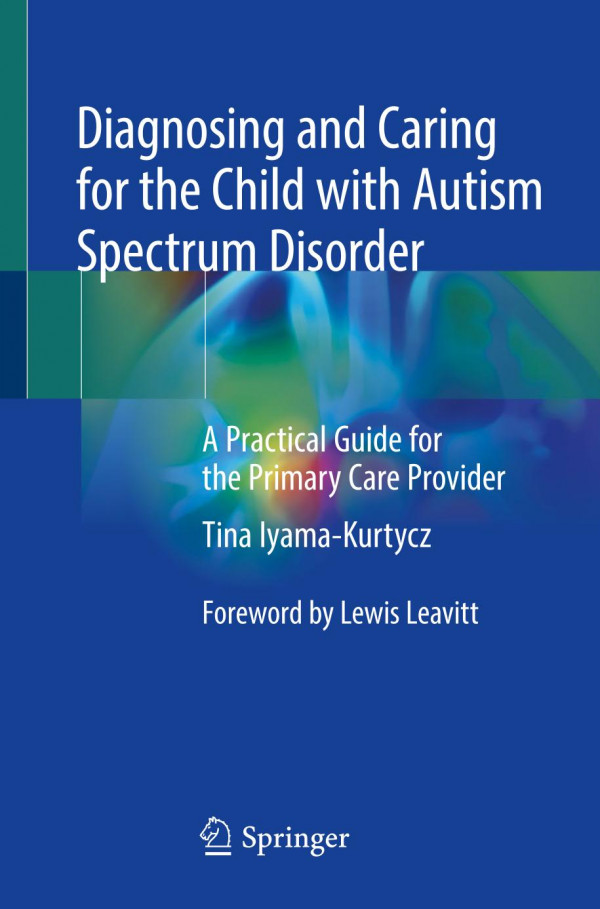

Most ebook files are in PDF format, so you can easily read them using various software such as Foxit Reader or directly on the Google Chrome browser.
Some ebook files are released by publishers in other formats such as .awz, .mobi, .epub, .fb2, etc. You may need to install specific software to read these formats on mobile/PC, such as Calibre.
Please read the tutorial at this link: https://ebookbell.com/faq
We offer FREE conversion to the popular formats you request; however, this may take some time. Therefore, right after payment, please email us, and we will try to provide the service as quickly as possible.
For some exceptional file formats or broken links (if any), please refrain from opening any disputes. Instead, email us first, and we will try to assist within a maximum of 6 hours.
EbookBell Team

4.7
76 reviewsThis unique resource is designed to be a practical, user-friendly guide for pediatricians, primary care providers, and all healthcare providers who work with children with autism spectrum disorder. Diagnosing and Caring for the Child with Autism Spectrum Disorder offers state-of-the art instruction to clinicians on how to recognize, diagnose and assist children with autism spectrum disorders, from early in life to transition to adulthood. This book will also delve into how to support pediatric patients by working with families, and discuss how to best interact with and support these families. The book opens with a comprehensive introduction of ASD and obstacles to diagnosis and common myths. Section Two is devoted to the early recognition of atypical development and reviews the steps in diagnosing autism, including the evaluation, the diagnostic visit, the developmental exam, and the discussion of findings with parents. Section Three covers treatment and interventions for the autism spectrum and includes a discussion on alternative therapies and how to direct parents toward evidence-based or plausible treatments. Section Four and Five addresses special topics that are relevant to the PCP’s or pediatrician’s long-term relationship with families, including chapters on anxiety, parents, challenging behaviors and common scenarios that occur across childhood for those who have ASD. Later chapters delve more deeply into providing informed, sensitive care for patients with intersecting identities, and discusses how gender identity and cultural perspective and attitudes can impact the pediatric patient with ASD. Engaging, and written in a conversational style, Diagnosing and Caring for the Child with Autism Spectrum Disorder will be an ideal resource for the pediatrician, primary care provider, and all healthcare providers working with children with ASD, providing concrete, step-by-step methods that readers can incorporate into their own practice.